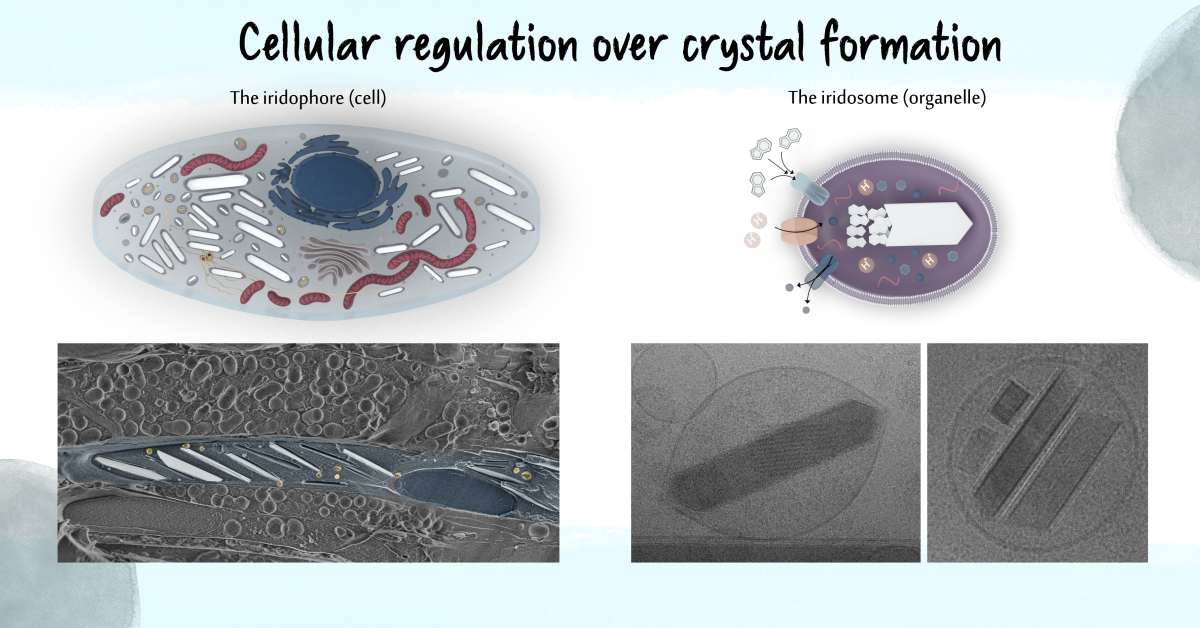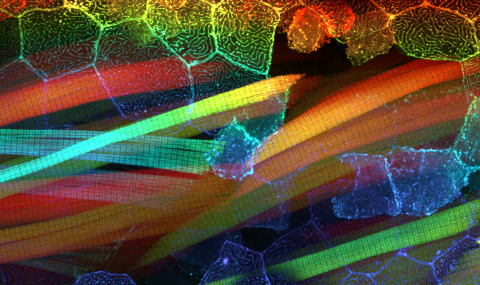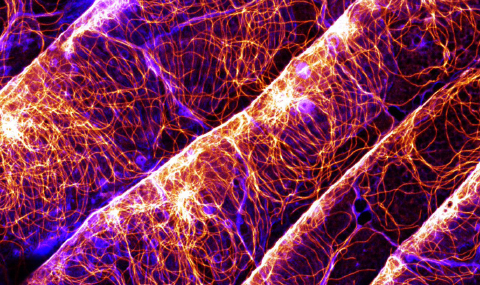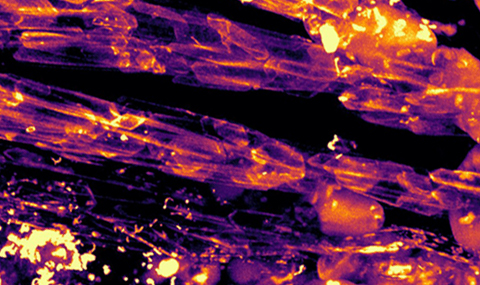Many organisms use organic crystals for an astonishing variety of optical functions. These crystals are formed by specialized cells called iridophores, in which remarkable control over crystal shape, size, and assembly is obtained using strategies that are beyond the state of the art in materials science. While these cells were identified many years ago, almost nothing is known about their biology, particularly the cellular processes involved in organic crystal formation. These processes include the synthesis and trafficking of vast quantities of small insoluble molecules within the cell cytosol, the concentration of these molecules within organelles with varying microenvironments, and the formation of bio-organic crystals with controlled properties. The resulting product, a precisely shaped and sized crystal, is then correctly placed into ordered crystal arrays. These arrays are often tunable, changing the optical properties of the cell in response to stimuli. We study these processes in the zebrafish, using both physical methodologies such as in situ X-ray diffraction, micro-Raman, cryoEM, and in vitro crystallization, and biological methods such as scRNA-Seq, proteomics, genome editing (CRISPR-Cas9), genetic and pharmacological perturbations, and different super-resolution fluorescence imaging techniques.
Biological Crystallization Mechanisms














